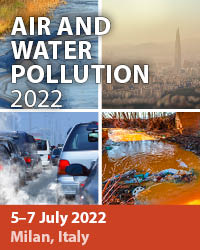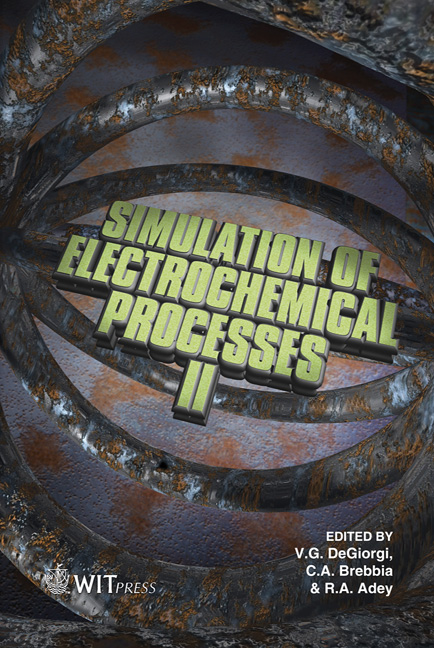An Analytical Modeling Method For Calculating The Maximum Cathode Current Deliverable By A Circular Cathode Under Atmospheric Exposure
Price
Free (open access)
Transaction
Volume
54
Pages
9
Published
2007
Size
467 kb
Paper DOI
10.2495/ECOR070041
Copyright
WIT Press
Author(s)
Z. Y. Chen & R. G. Kelly
Abstract
An analytical method for evaluating the stability of pitting corrosion of corrosion-resistant alloys under thin-layer (or atmospheric) conditions is presented. The method uses input data that are either thermodynamic in nature or easily obtained experimentally. The maximum cathode current available (referred to as the cathode capacity) depends on the cathode geometry, temperature, relative humidity, deposition density of salt (i.e., mass of salt per unit area of cathode), and interfacial electrochemical kinetics. The anode demand depends on the pit geometry and the pit stability product. By coupling these two approaches, the stability of a pit can be determined for a given environmental scenario. The method has been applied to the atmospheric pitting corrosion of Type 316L stainless steel, leading to a quantitative description of limiting stable pit sizes. Keywords: galvanic corrosion, relative humidity, NaCl particles, localized atmospheric corrosion, stainless steel, pitting. 1 Introduction Corrosion resistant materials exposed to marine atmospheric conditions can suffer from localized corrosion (pitting, crevice corrosion, stress-corrosion cracking). The stability of such a localized corrosion site requires that the site (anode) must dissolve at a sufficiently high rate to maintain its critical chemistry [1] and a wetted surrounding area (cathode) must provide a matching cathodic
Keywords
galvanic corrosion, relative humidity, NaCl particles, localized atmospheric corrosion, stainless steel, pitting.





